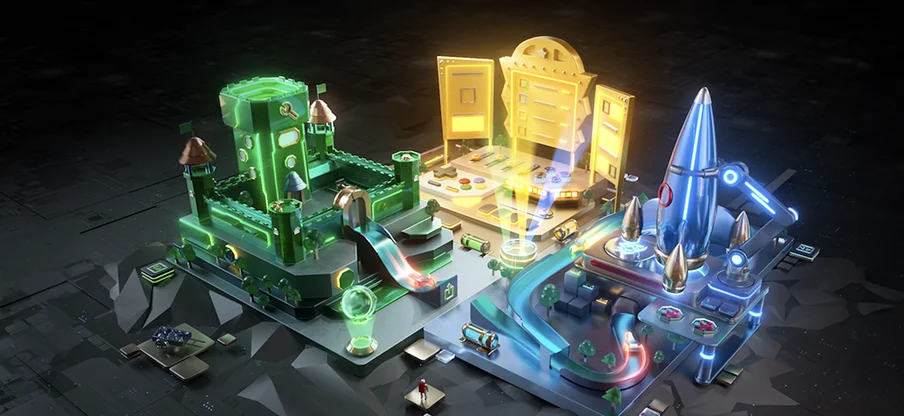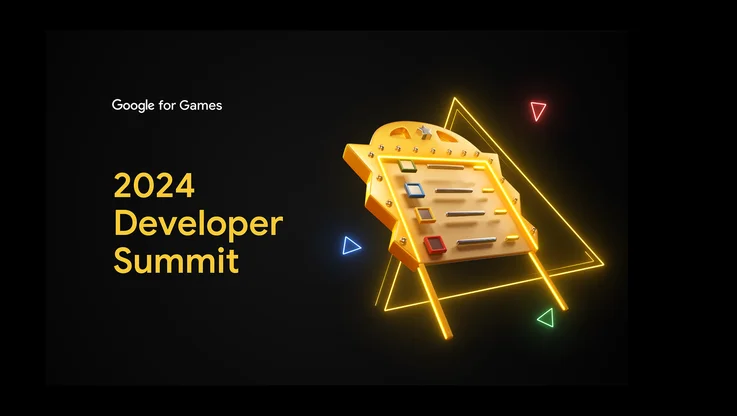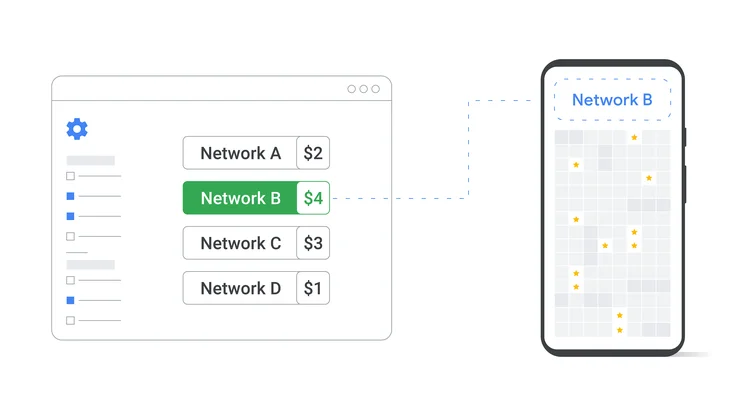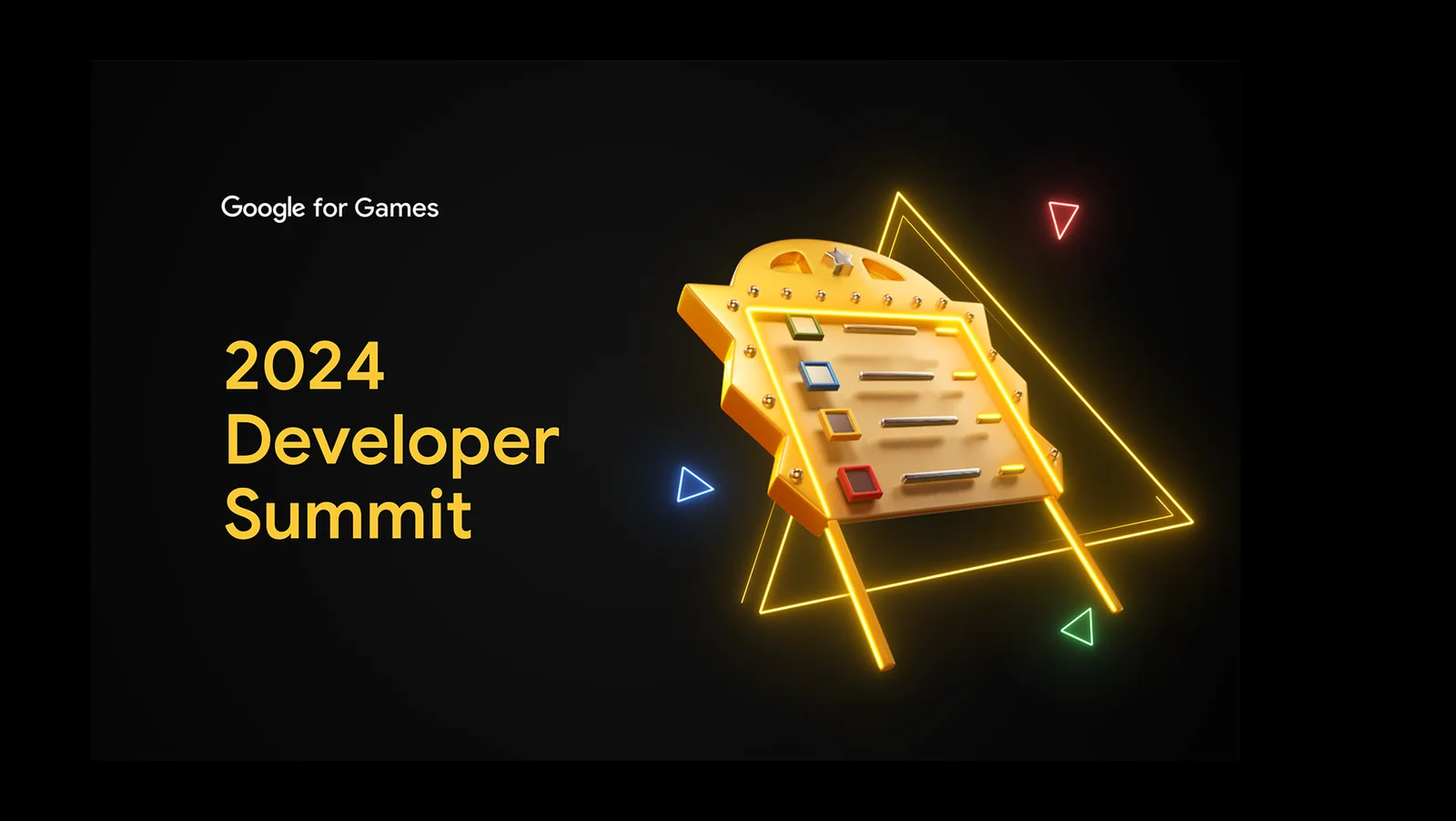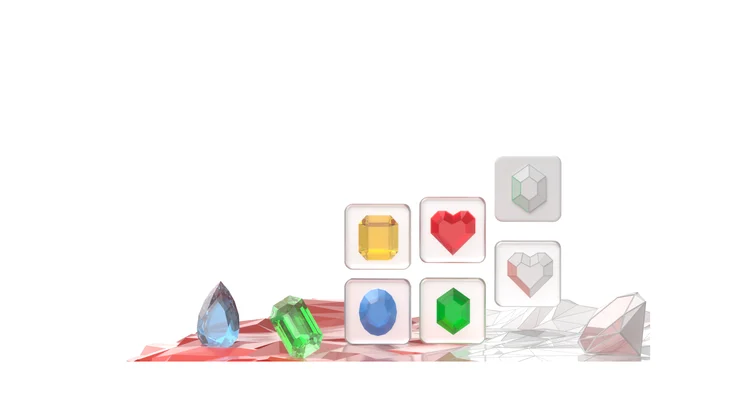How Gaming Apps Can Increase Monetization Through Creative Strategies
Many game developers use other successful titles (whether their own or from another developer) as examples of how to best design a game or monetize. This can be a smart move, especially when it comes to user interface elements like control scheme, player progress, and currency economics. However, when it comes to knowing what is the best way to monetize your app, copying other apps may leave you with money on the table.
It's tempting to look at how successful titles in the app market are making money and mimic it. If it works so well for those games, you might say, it should work just as well for my game. While true in some cases, not all titles can bank on the exact same rhythm of in-app purchases and a sprinkle of rewarded video ads to meet revenue targets.
So what can you do? Focus on what makes your game different-- from the art design to the leveling-- and experiment with in-app purchase and ad placements to fit to amplify this experience. Oh, and here’s where a little out of the box thinking can come in handy-- new ad formats can be very effective in holding user attention without breaking the core loop. Be sure to test how these work in your game-- they could offer a whole new level of return for ads, and even build the suspense for the player journey.
Fantasy world; real solutions - 4 steps to get you started
Let’s travel to a parallel dimension, a place where a strategy game called Collision of Tribes is not doing that well from a monetization standpoint. In fact, it is just one more app in the store. Its core mechanics have great balance, the user base is engaged, but for some reason the revenue isn’t quite there. Here are some steps to consider as to how an uplift in revenue can be achieved using AdMob:
- Consider new ad formats - the transition point between a battle report and town management screen is a perfect spot to use an interstitial ad. An even better practice would be to target only users that had success on their raid. Combining an ad with a positive experience in-game will increase it’s effectiveness.
- Test it - there is no need to release the new ad feature to all users. Developers can choose a small segment of their user base (say 10%) to make sure the effect in revenue is positive.
- Gauge user response - just as you would when changing a game mechanic or implementing a new one look at your engagement metrics to see if there is any wanted or unwanted effect. Reading store reviews will give a more personalized understanding of how users perceive the change.
- Back to the drawing board - even when things are going well, there’s always room for improvement. Use the data you have to balance and rebalance frequency capping, floor prices and placements. On the other hand, if interstitial ads don’t bring the expected results, how about trying native ads or other formats instead?
Following the above steps can help not only for Collision of Tribes’ developers, but hopefully you as well. If following the leader only got you so far, try something new to take that extra step forward.
Until next time, be sure to stay connected on all things AdMob by following our Twitter and LinkedIn pages.
